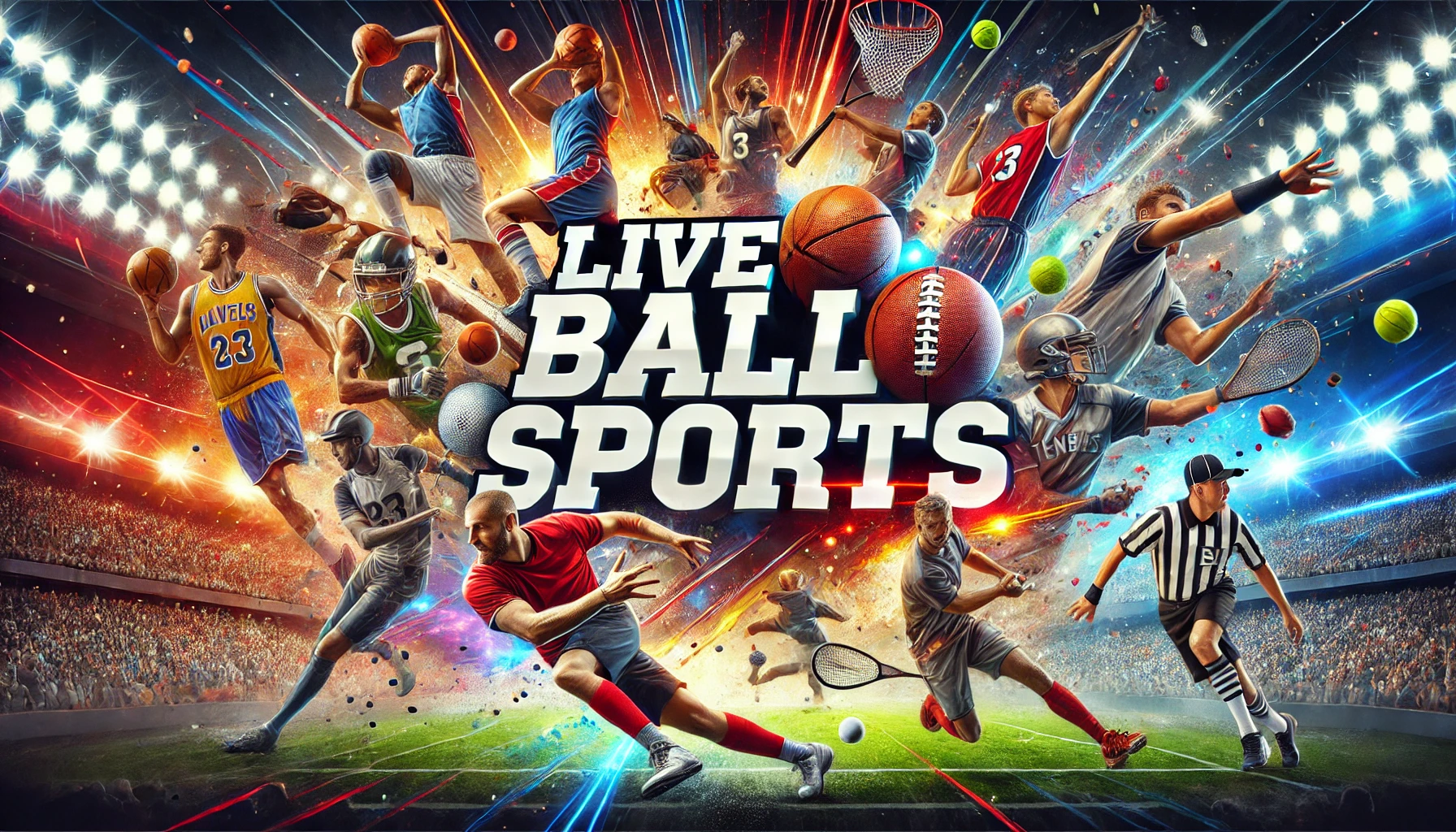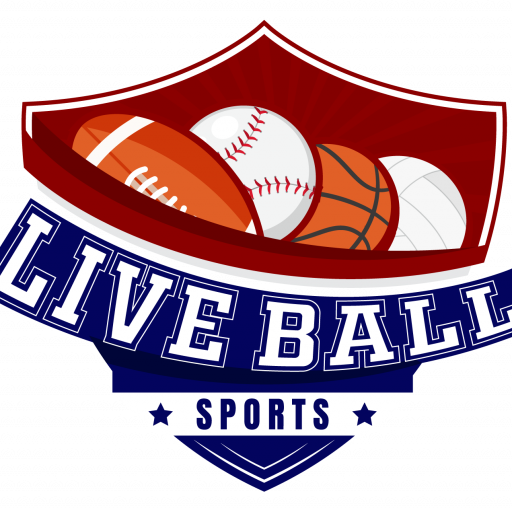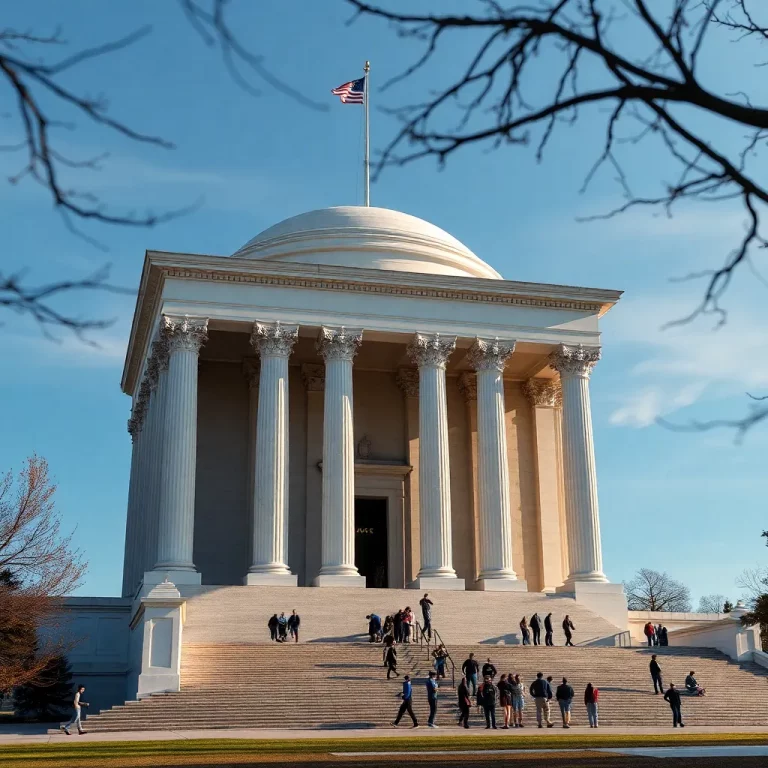Washington D.C. Sees New Executive Order on College Sports
In a move that could reshape the landscape of college athletics, President Donald J. Trump recently signed his 176th executive order, focusing on college sports. While the details of this order are ambitious, the long-term impact remains uncertain.
For over a decade, the NCAA has faced numerous legal challenges, especially concerning athlete compensation. Traditionally, the NCAA maintained strict amateurism rules, which prohibited athletes from receiving any payment beyond scholarships. However, a landmark ruling in 2021 by the Supreme Court allowed colleges to offer extra academic benefits. This decision, combined with various state laws that permit athletes to monetize their name, image, and likeness, forced the NCAA to change course.
On July 1, 2021, the NCAA allowed for NIL payments, leading to another antitrust lawsuit where former athletes sought back pay for missed NIL earnings. The result? A $2.8 billion settlement permitting schools to pay athletes directly for the first time.
Despite these changes, confusion has reigned, especially regarding athlete transfers and NIL regulations. College sports leaders have been lobbying Congress for a cohesive federal law, but true progress has been slow. This new executive order attempts to guide college athletic departments by making recommendations but raises questions about its effectiveness. Critics like Marc Edelman, a sports law professor, suggest it resembles an NCAA press release rather than a substantial athlete-friendly initiative.
The executive order aims to protect non-revenue programs and mandates schools to support a diverse range of teams. However, some argue that it still imposes limitations on athlete compensation, perpetuating long-standing issues. As the NCAA navigates these waters, many wonder how much athletes truly desire proposed solutions like collective bargaining or being deemed university employees.
Looking ahead, the viability of the executive order may hinge on its enforcement and potential legal challenges. Since it doesn’t create laws, the primary responsibility lies with Congress to address college sports’ pressing issues. The SCORE Act, a new House bill, proposes protections for the NCAA while limiting state laws regarding NIL compensation. While it garnered attention, continued bipartisan support remains necessary for it to succeed.
The political landscape complicates these efforts. Current debates often mirror labor disputes, with differing priorities between parties regarding athlete rights and NCAA protections. Senator Maria Cantwell highlighted the complexities of these challenges, advocating for a sustainable future in college athletics that doesn’t favor wealthier institutions.
This executive order marks a significant intervention from the executive branch, echoing efforts made over a century ago by Presidents like Theodore Roosevelt. The NCAA is ceding some authority to conferences and new commissions as it seeks to navigate its evolving role in collegiate sports.
As the college sports landscape continues to shift, all eyes will be on Congress and the upcoming discussions surrounding athlete compensation and overall governance. The future of college athletics hangs in the balance, with the need for clarity now more critical than ever.


